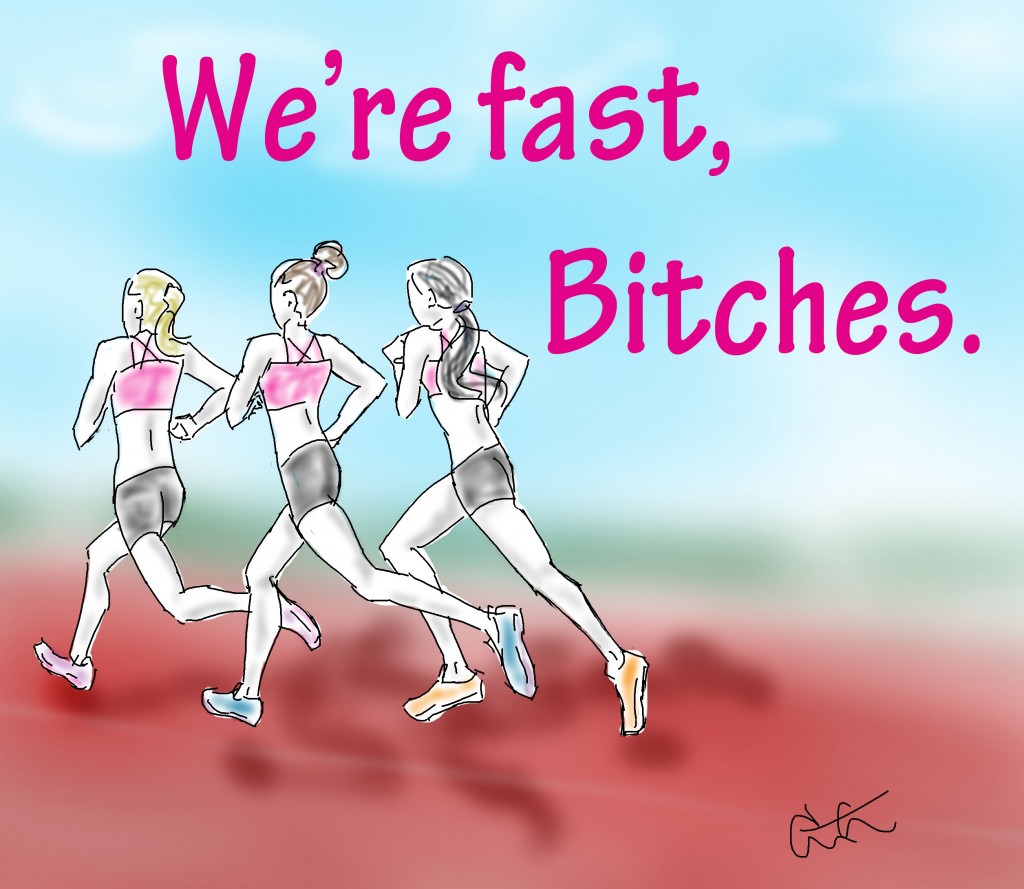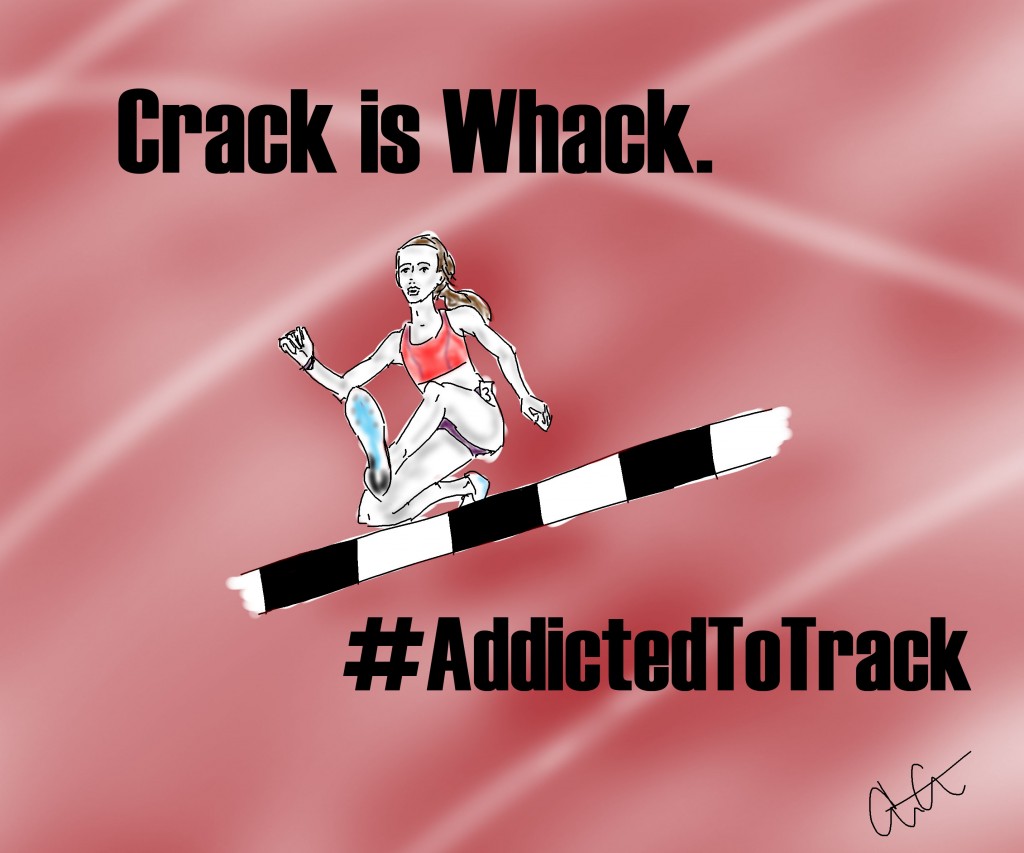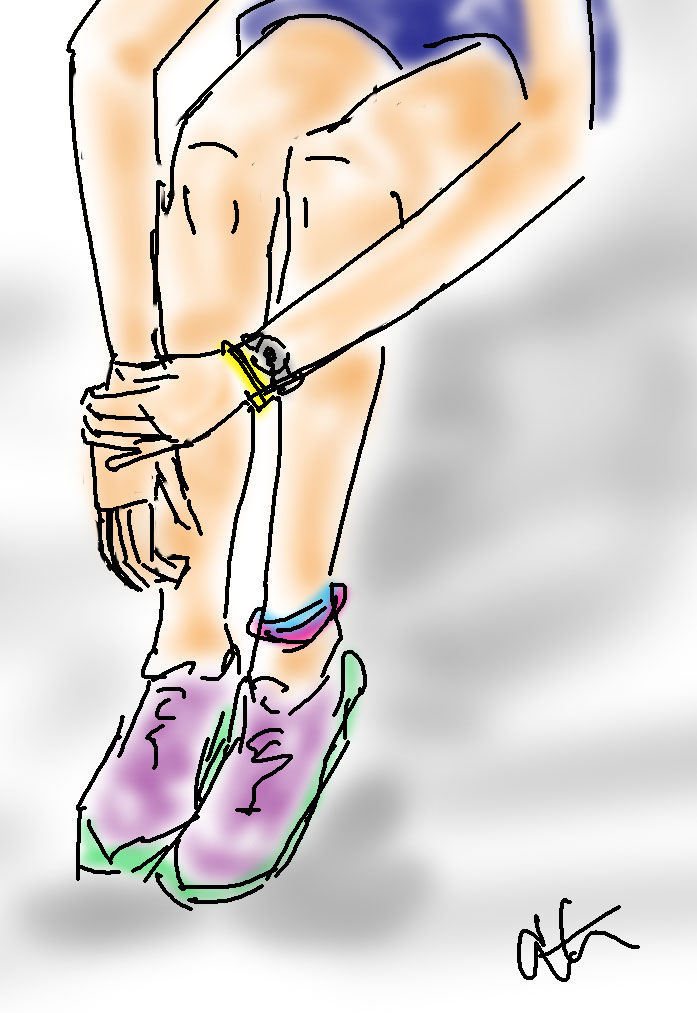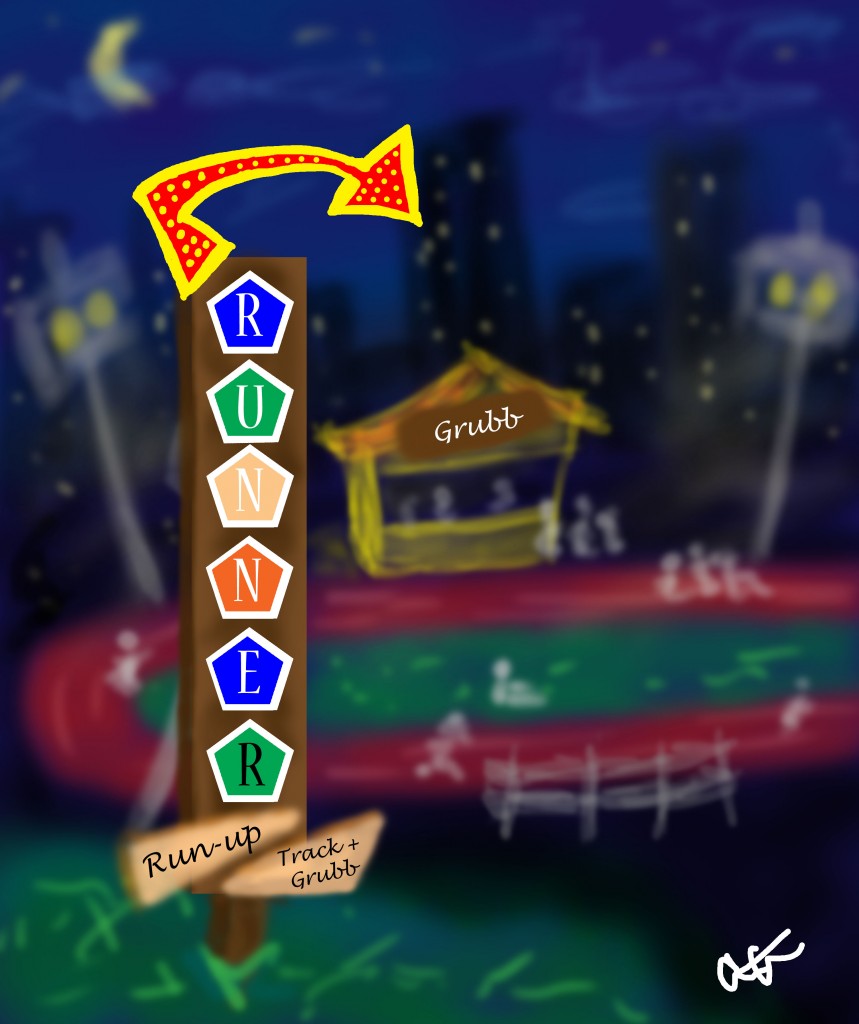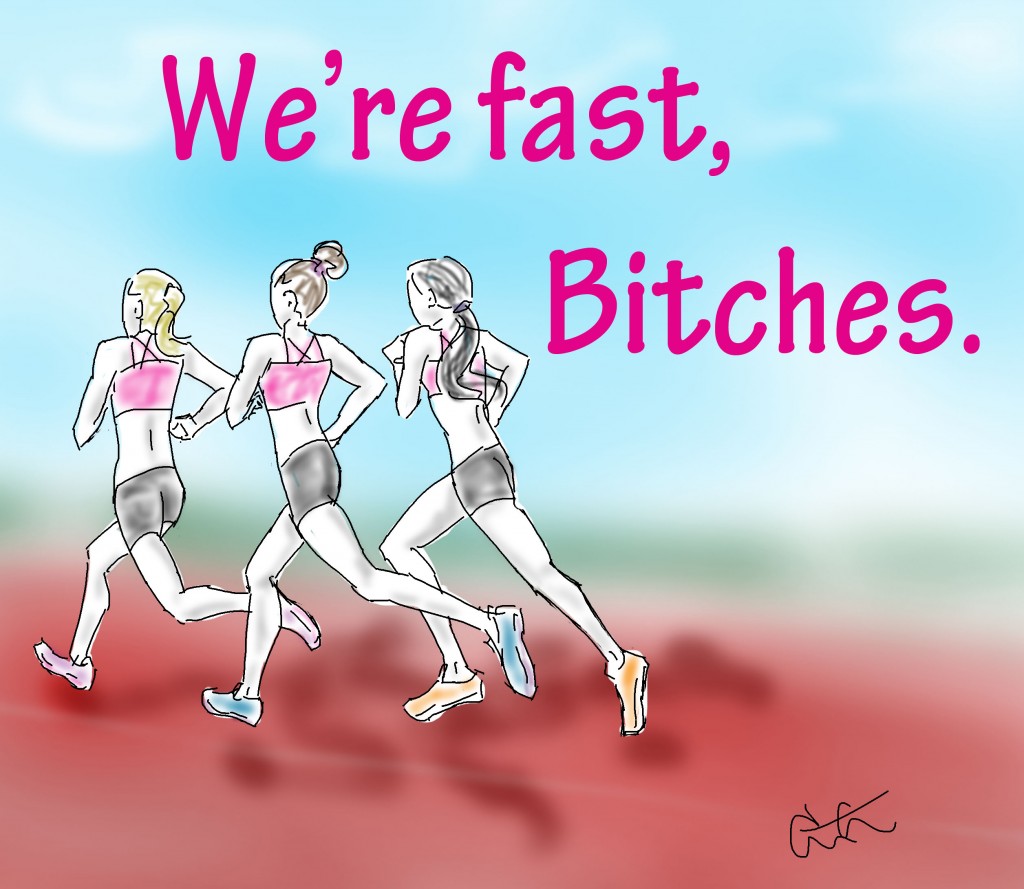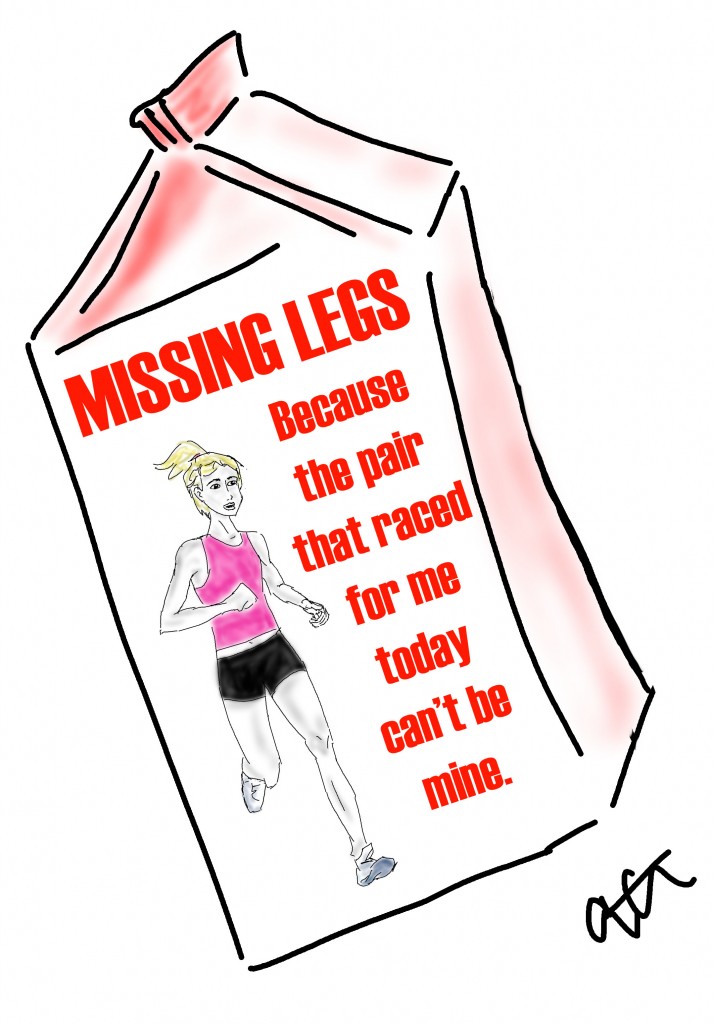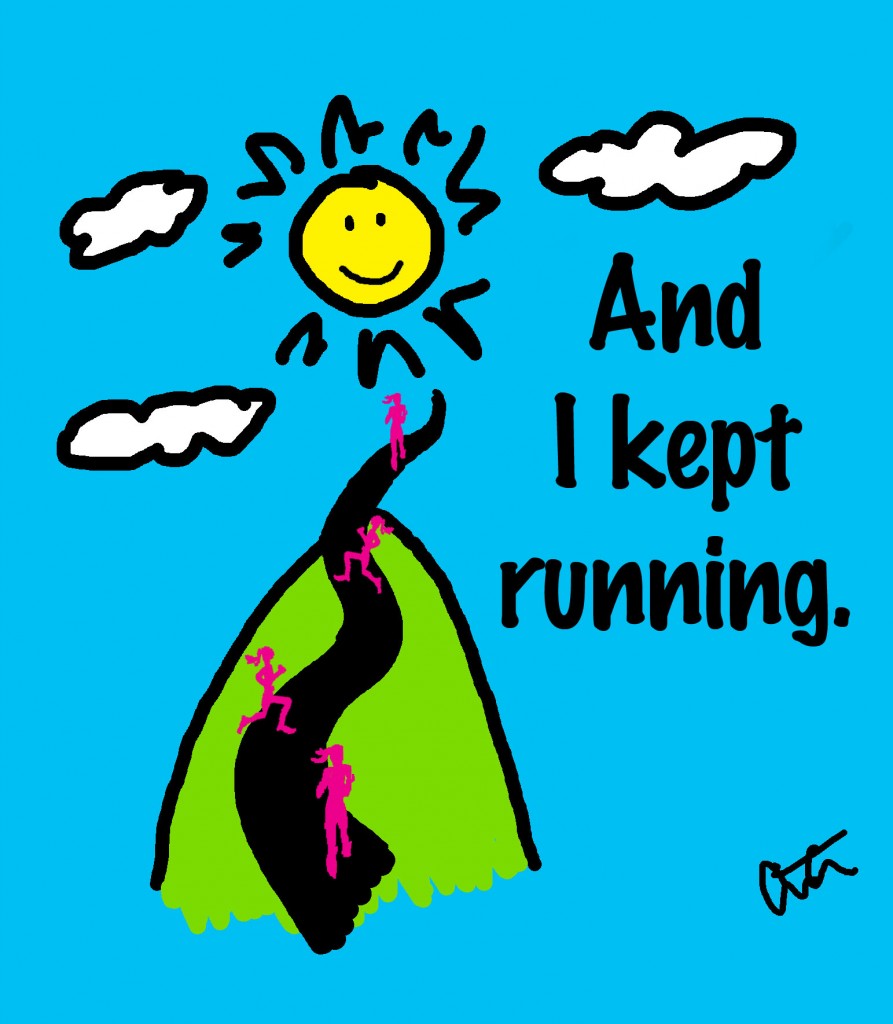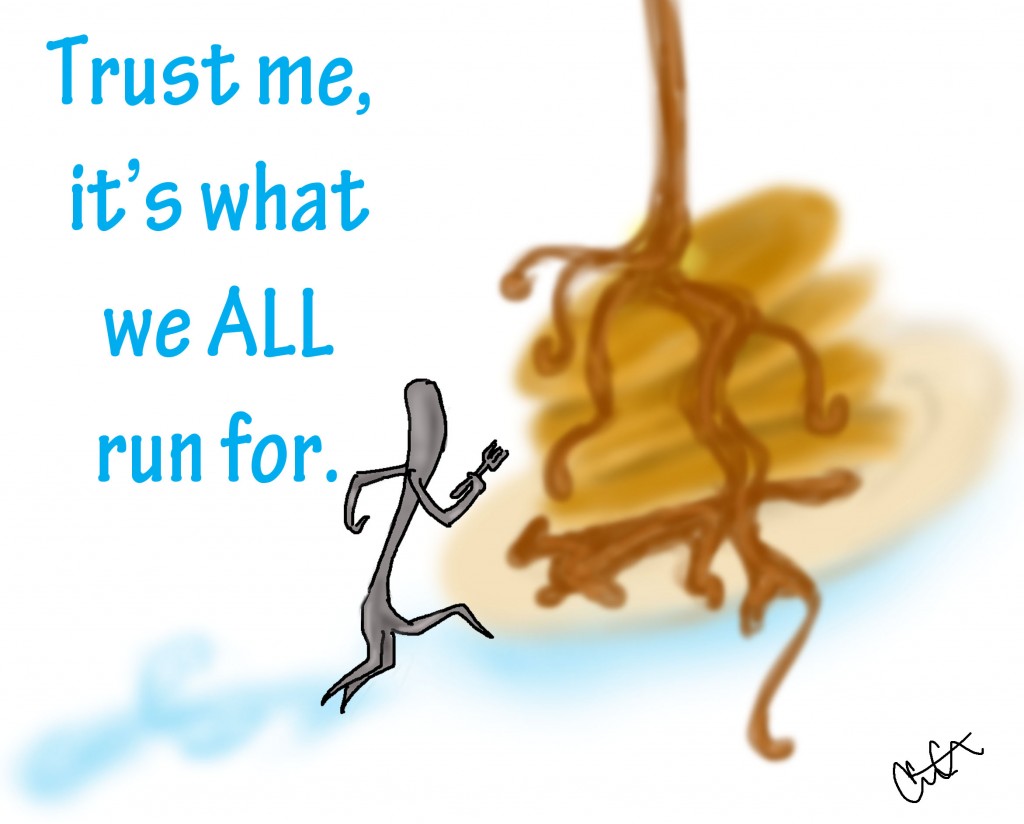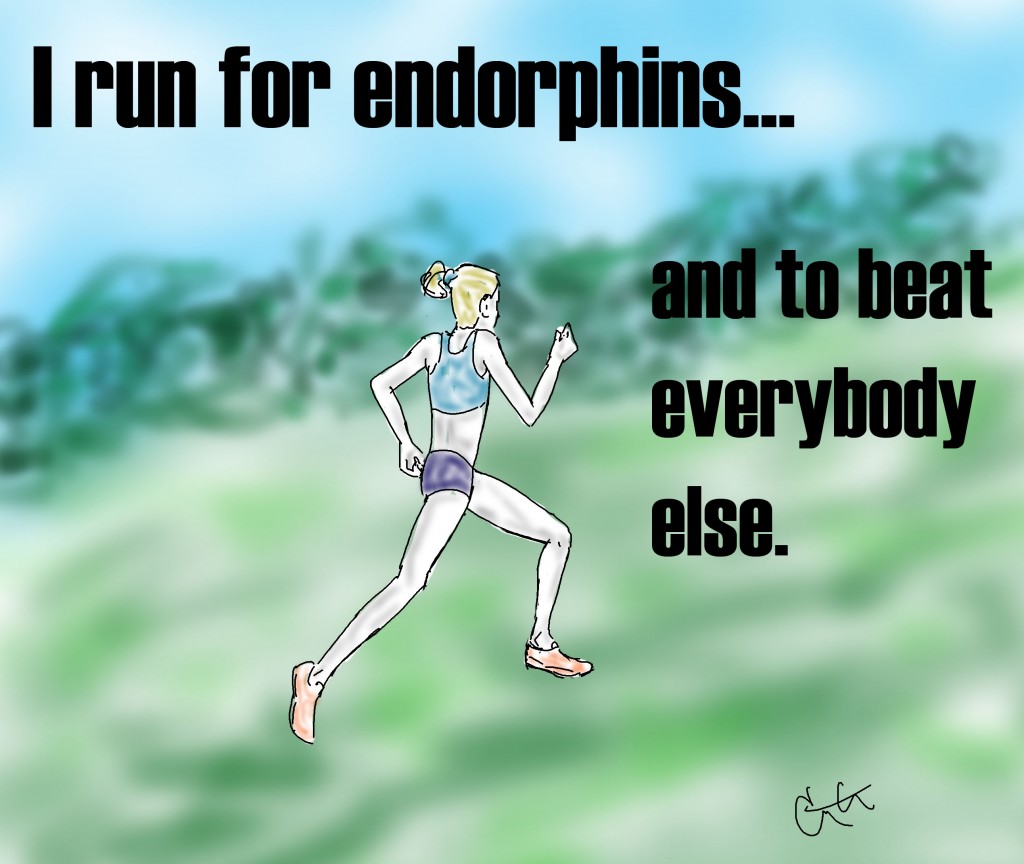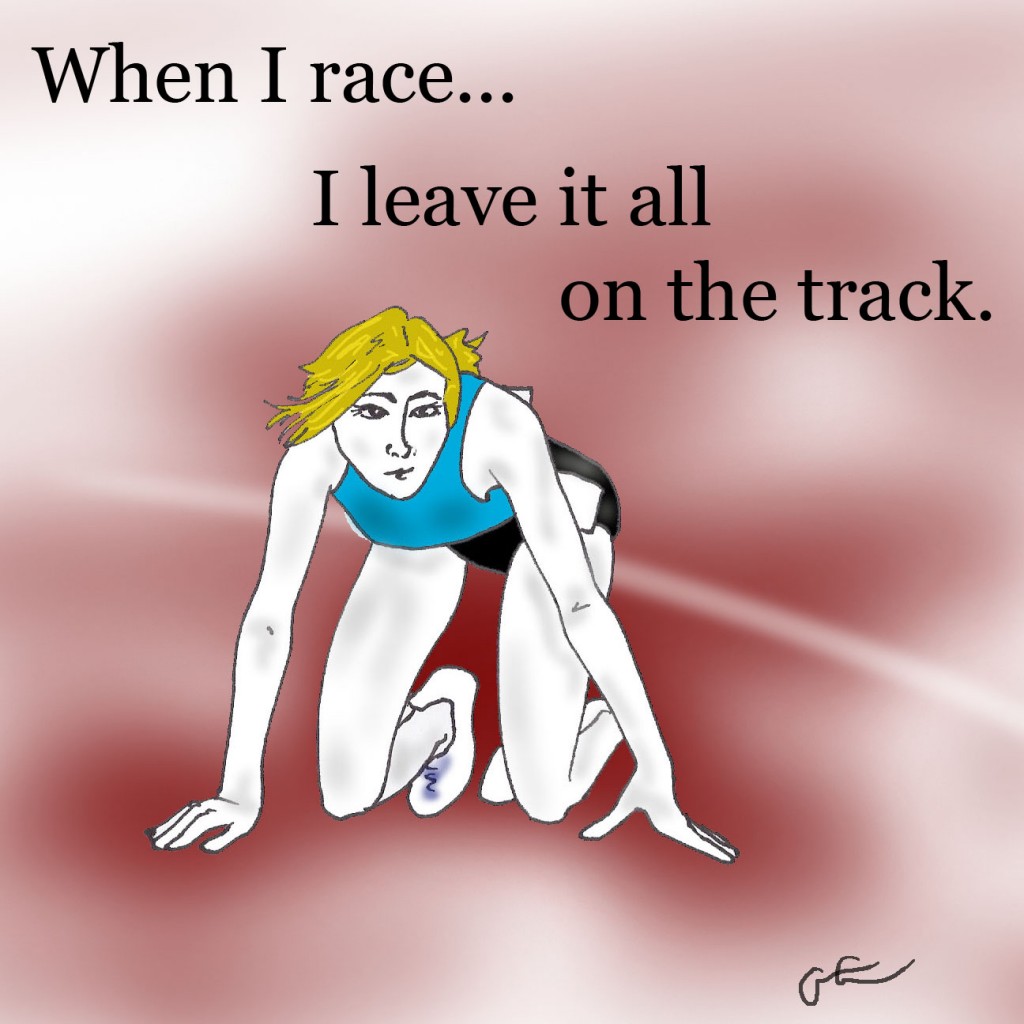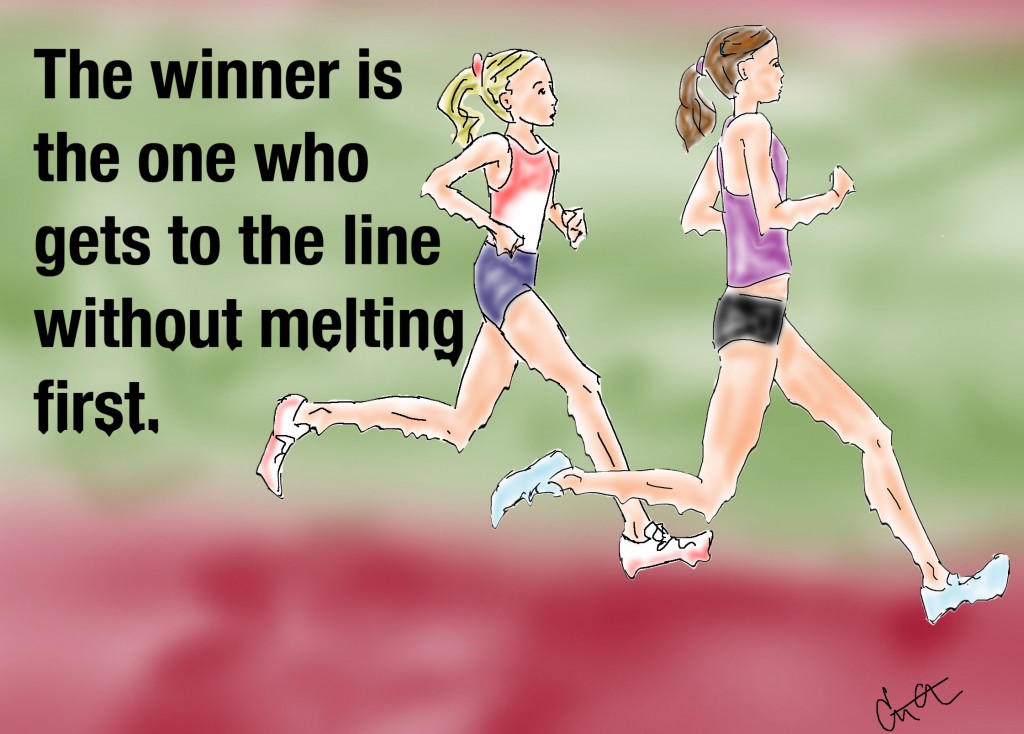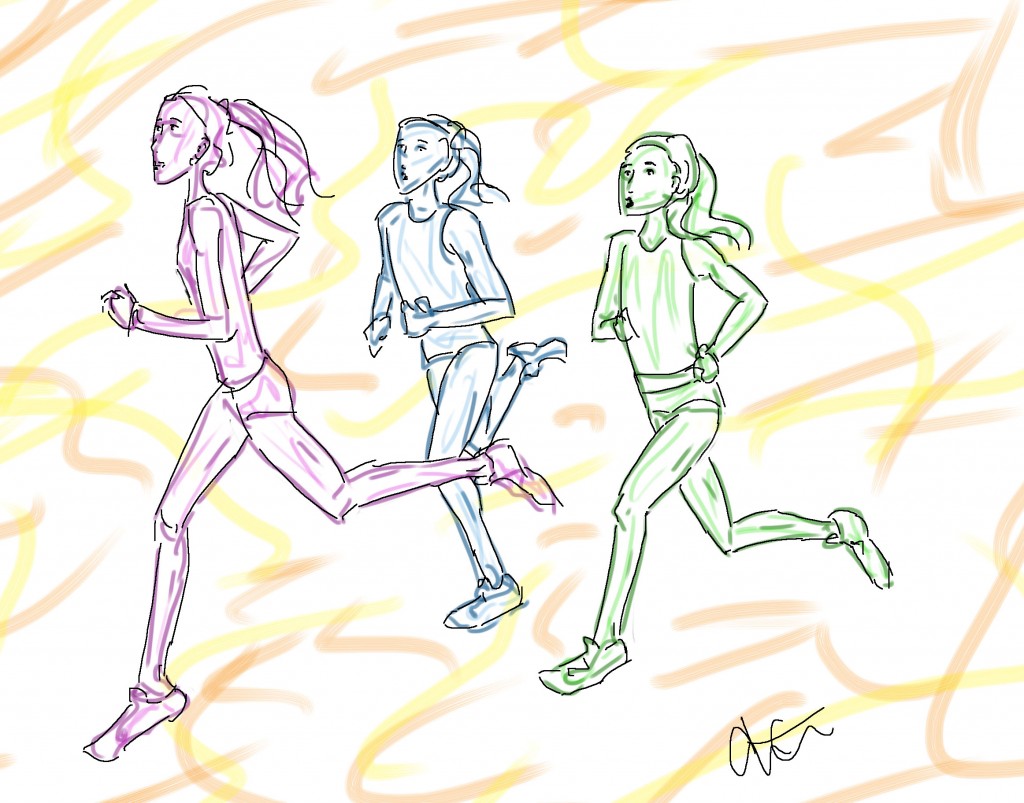If you’re watching the London Olympics like it’s an IV line then you’ll notice some familiar runners lining up for the heats of the 5k after their 10k finals a few days prior. I won’t prattle off all of them but amongst the doublers were Mo Farah, Galen Rupp, and Sally Kipyego. Sally Kipyego won the Silver Medal for the 10k and came back two days later to clock 15:01.87 in her qualifying run of the 5k.

Jaw-dropping times aside it brought to mind a topic that I wanted to discuss: running the days leading up to your own race. More specifically the day before race day. In a similar line of thinking to ‘saving their legs for the race’ and thus skipping a warm-up, newer (and not-so-new sometimes!) runners take a complete rest day the day before their race.
I can see their line of reasoning, but doing zilch the day before:
* Will actually leave you feeling a little stale the next day. If you’re consistent in your training, your legs are USED to doing something on a regular basis, and coming back off of nothing the next day will be a little ‘shock’ and your legs.
INSTEAD of doing nothing:
* 2 or 3 days out from race-day: Make sure you do something with a little speed. Sometimes runners make the mistake of going over-board on the taper mode. Cut back your volume if the race is one you’ve been keying towards, but don’t go from 60 miles to 10 miles…you want to still keep your body attuned to the action of running. Similarly, don’t let an entire week prior to the race go by without doing something at, or faster than, race pace. You want to stay sharp so that come race day your legs will still ‘remember’ what if feels like to turn-over at the pace you want.
* Day before: Do a light shake-out run. Depending on your regular mileage and race distance this could be anywhere from 20-35 minutes. Go easy and then end with a couple fast strides, drills and lots of stretching.
* Race day: If you’re running in the afternoon or night it can be beneficial to also do a quick run in the morning to ‘flush out’ the system. Here, think 10-15 minutes…just enough to break a sweat and then stretching.
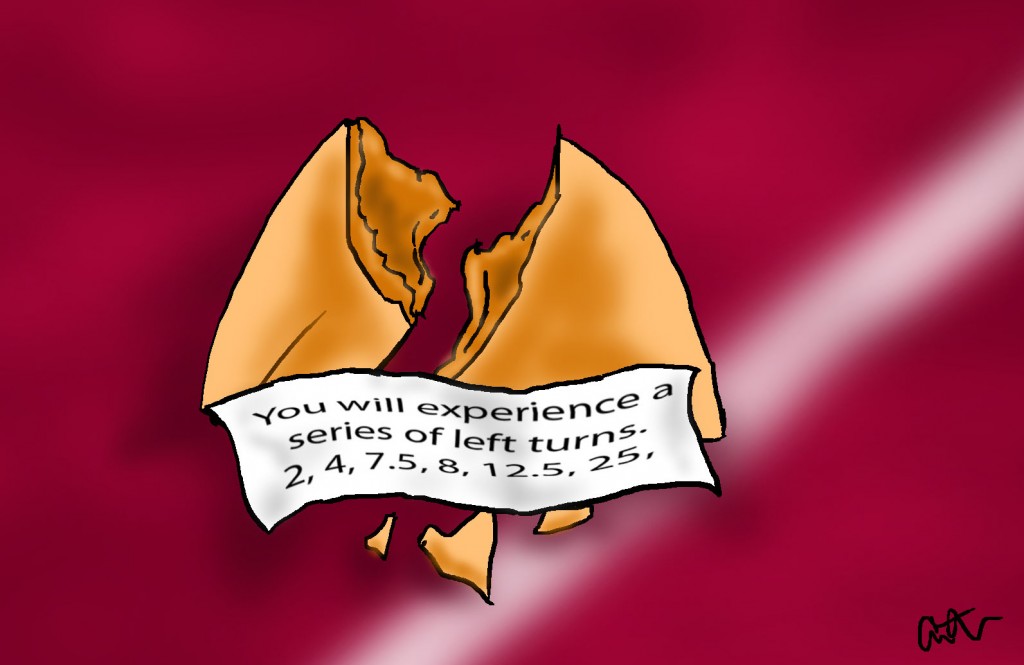
If you want to take a day off (and days off can be integral parts of a training program, know your body and know your volumes people!) it can actually work better to take that day off TWO days before the race. Ironic, yes, but the body is a crazy beast all it’s own. 😉
In getting back to the amazing Olympians…doubling is tough business, don’t get me wrong. Of course they have trained enough and with the goal of doubling in mind so they have prepared their body, and then in their mind know that second race they’ll probably have a little less pop that usual. However it proves my point in that you CAN run plenty well in a race without going into extreme-taper-mindset. Running is always that balance between too much, too little and just enough…someone go find Runner Goldilocks. 😉
——–
Fast chicks…Get Chicking! 🙂 If you haven’t checked out my super cool ‘You Just Got Chicked’ shirts yet, then by all means… 😉
——–
1) Have you ever doubled or tripled events? Have you raced hard efforts multiple times in a week? How did you feel in the second races?
Actually, it’s interesting that sometimes you can feel BETTER in the second race. The first one is sort of like an extra ‘warm-up’ and gets you primed for the second…sometimes. Other times that second, or third, feels like running with bricks.
2) What’s your training like the days leading up to a race? In the days leading up to a key race, this can be much different from running just a ‘regular’ season race?
3) How about your warm-up? I’m calling out any warm-up skimpers out there! 😉


